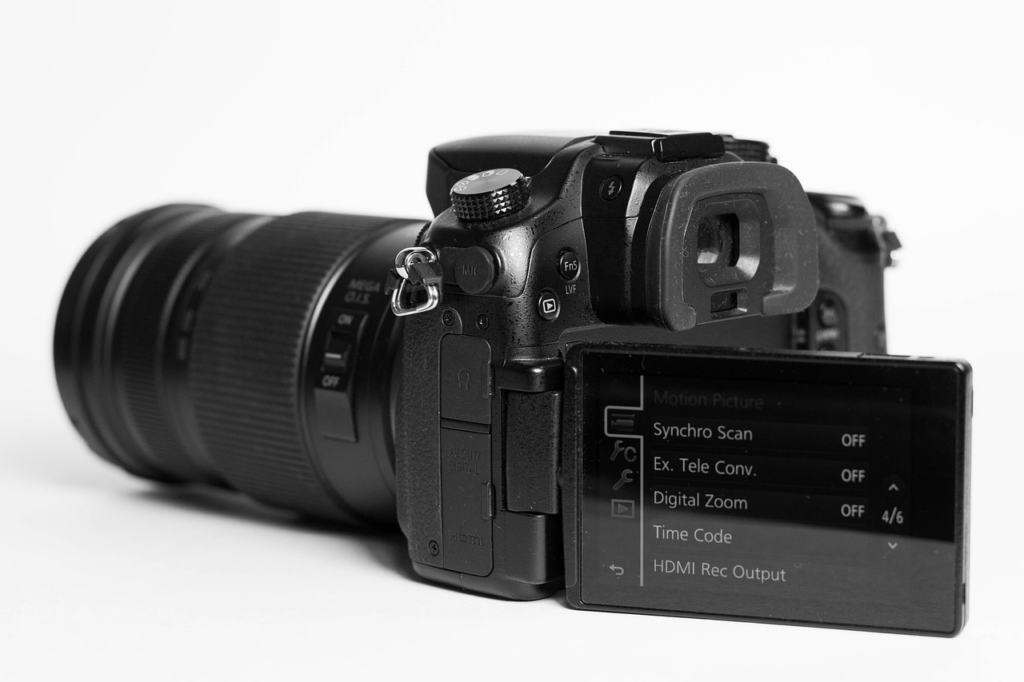Venturing into the world of photography is an exciting endeavor that opens up a panorama of creative possibilities. Whether you aim to document stunning landscapes, capture candid moments of life, or explore the artistic depths of portraiture, choosing the right DSLR camera is a pivotal first step. With the vast array of options available in the market, it can be overwhelming to discern which camera best suits your photography needs and aspirations. In this blog, we will guide you through six crucial factors to consider when purchasing a DSLR camera, ensuring you make an informed decision that enhances your photography journey.

Budget Considerations and Cost of Ownership
When stepping into the realm of DSLR photography, it’s essential to align your camera choice with your budget while keeping in mind the long-term cost of ownership. Initially, setting a realistic budget helps narrow the plethora of options to those offering the features you need without overextending your finances. Finding DSLR camera deals online or purchasing second-hand can also be a cost-effective way to acquire a high-quality camera within your budget. Furthermore, considering the cost of lenses and other accessories you may want to invest in down the line is crucial. This holistic approach to budgeting will enable you to make an informed decision while avoiding any financial surprises in the future.
Sensor Size and Megapixel Count
Another critical aspect to contemplate when choosing a DSLR camera is the sensor size and megapixel count. The sensor size significantly influences the camera’s capability to capture light, which in turn affects image quality, especially in low-light conditions. Larger sensors typically offer better image quality and greater depth of field control, making them a preferred choice for professional photographers. However, cameras with larger sensors tend to be pricier and bulkier. Conversely, cameras with smaller sensors are more compact and cost-effective, yet may compromise image quality in certain scenarios.
The megapixel count, while important, shouldn’t be the sole deciding factor. A higher megapixel count does allow for greater detail and the ability to crop images without substantial quality loss. Nevertheless, for most photography needs, a camera with a 20 to 24-megapixel range suffices to produce high-quality images. It’s crucial to balance the benefits of higher megapixels with your specific photography goals and remember that sensor size often plays a more significant role in image quality than the number of megapixels.
Lens Compatibility and Interchangeability
Choosing a DSLR camera also means considering the ecosystem of lenses available for that system and their compatibility with your camera body. Different camera manufacturers offer a wide range of lenses, each designed to serve specific photography needs, such as wide-angle lenses for landscapes or telephoto lenses for wildlife photography. Before making a purchase, it’s vital to assess whether a camera’s brand has the lenses you envision using and how interchangeable they are among different camera models of the same brand.
Additionally, the ability to change lenses opens up a world of creative possibilities, allowing photographers to adapt to various shooting conditions and subjects with ease. This flexibility is one of the key advantages of DSLRs over fixed-lens cameras. However, it also means considering the potential additional cost of acquiring various lenses.
Autofocus System and Speed
An often underestimated but crucial feature to examine when selecting a DSLR camera is its autofocus (AF) system and the speed at which it operates. The autofocus system determines how quickly and accurately your camera can focus on a subject, which is essential for capturing sharp images, especially in dynamic or fast-paced environments. Cameras equipped with advanced AF systems can significantly enhance your photography experience, offering more reliable performance in various lighting conditions and scenarios.
DSLRs typically feature either a phase-detection or contrast-detection autofocus system, with some models incorporating both technologies to optimize focusing speed and accuracy. Phase-detection AF is renowned for its rapid response time, making it ideal for action and sports photography where capturing every moment matters. On the other hand, contrast-detection AF offers enhanced precision, which can be particularly beneficial in portrait and macro photography.
ISO Range and Low-Light Performance
The ISO range of a DSLR camera is a vital factor to consider, particularly if you’re planning to shoot in a variety of lighting conditions. ISO sensitivity refers to the camera’s ability to capture light; a higher ISO setting allows for better photos in low-light environments but may introduce grain or “noise” into the image. A camera with a wide ISO range offers greater flexibility, enabling photographers to explore settings from bright daylight to dimly lit scenarios without compromising on photo quality.
Modern DSLRs have made significant advancements in low-light performance, with many models equipped to handle high ISO settings while minimizing noise. This capability is crucial for capturing clear, detailed shots in challenging lighting conditions, such as indoor events, night landscapes, or astrophotography. When evaluating cameras, look for those that demonstrate a balance between high ISO capabilities and effective noise reduction technologies.

Considerations for Video Recording Capability
In today’s digital age, a DSLR camera’s ability to record high-quality video is just as important as its photographic capabilities for many users. Whether capturing life’s moments, creating content for social media, or even short filmmaking, video recording capability has become a critical factor in choosing a DSLR camera. When evaluating a camera’s video potential, consider the resolution and frame rates it offers. Full HD (1080p) is the minimum standard, but many DSLRs now support 4K video recording, providing superior detail and clarity. Additionally, frame rate options, such as 60fps (frames per second) or higher in Full HD, are essential for achieving smooth motion, particularly for action shots or slow-motion effects.
In conclusion, purchasing a DSLR camera requires careful consideration of various technical specifications and your budget. Understanding these six crucial factors will help you narrow down your options and find the perfect camera for your photography needs. Remember, it’s not just about finding the most expensive or feature-packed camera; it’s about finding the right one that complements your unique style and creative vision. With the right DSLR camera in your hands, the possibilities are endless.